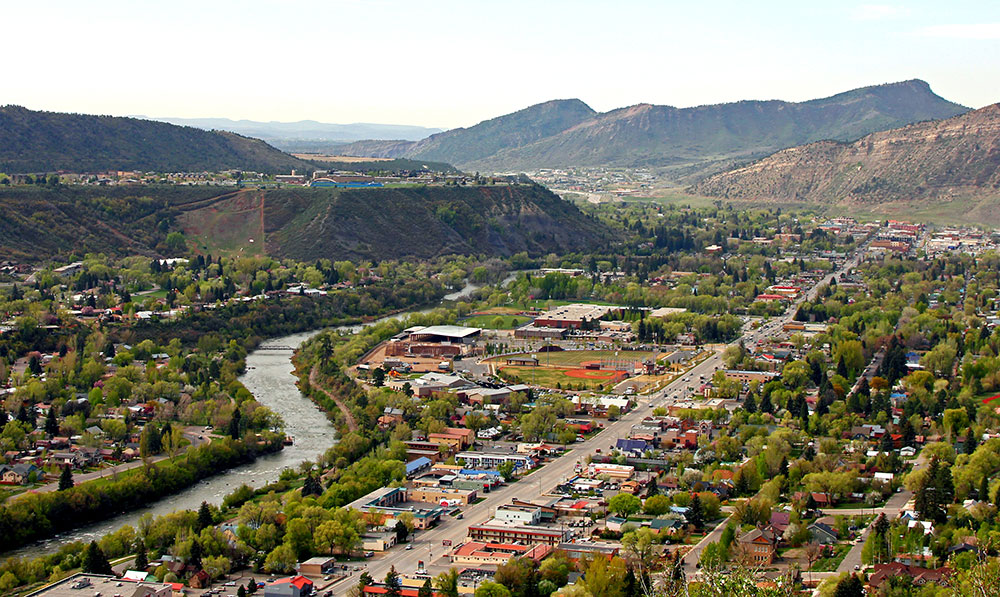Climate change has come home to Durango, with a new study indicating that the city has gotten so dry that it can no longer depend solely on direct flow from the Florida and Animas rivers for a reliable water supply.
Like other small towns in Colorado, Durango has very little water storage, enough to last for less than 10 days. It has always relied on its ability to pull water directly from the Florida River, using the Animas River as backup. But that is no longer possible, prompting the city to fast-track a major regional pipeline project and to double down on conservation.
A new study of stream gage data conducted for Durango by the Mountain Studies Institute (MSI) shows that average annual precipitation in one of the town’s major watersheds has declined as much as 20% annually since the late 1980s and runoff, the water that eventually makes it to the stream, has dropped even more, as much as 35% in the Florida River watershed. The same trend, though to a lesser extent, is also showing up in the Animas River watershed.
“It’s eye opening,” says Jarrod Biggs, Durango’s assistant finance director who has overseen much of the city’s recent water planning efforts. “It is a significant difference from where we were a decade or two ago.”
Jake Kurzweil, a hydrologist and associate director of water programs at MSI who conducted the study, said the declines illustrate how watersheds have begun to dry out as the climate warms.
Peter Goble, a climatologist at the Colorado Climate Center housed at Colorado State University, cautioned that the region’s 1,200-plus-year megadrought likely exaggerates the level of declines seen in the MSI data. He also says that long-term climate warming forecasts don’t show dramatic drying trends in the next 30 to 40 years.
“[Kurzweil] is comparing a time when we scarcely had any droughts to a period that has been quite dry. Precipitation can vary widely and our climate models don’t show this clear drying signal … if anything climate models show that precipitation may increase just a little bit,” Goble says.
Kurzweil acknowledges that the megadrought has exacerbated the drying seen in Durango’s river systems, but he says he thinks the trend will likely continue, in part because though Northern Colorado could see more precipitation as its climate warms, Southwestern Colorado could be drier.
Durango’s Biggs says the city planned to build a pipeline from Lake Nighthorse, a federal reservoir built in the early 2000s, at some point in the future to access more storage. But such a project, likely to cost tens of millions of dollars, was a long-term goal, not an immediate need.
The new analysis has prompted Durango to fast-track the project.
“Presenting the data to our decision makers compelled them to move ahead with something we had been thinking about for quite some time,” Biggs says. “Now, we want to activate this water in the near term. We don’t want to be in a situation where in five years we need it and we still haven’t built the pipeline.”
Durango is working with regional partners including the Southern Ute Indian Tribe, in Ignacio, and the Ute Mountain Ute Tribe, in Towaoc, as well as the U.S. Bureau of Reclamation and others to see if the pipeline can be built in the next five years and provide benefits throughout the region.
“We are going to have to do with less water,” Biggs says. “So in the same breath when we talk about a pipeline we also have to talk about conservation.”
This story originally appeared in Fresh Water News, an initiative of Water Education Colorado. Read Fresh Water News online at watereducationcolorado.org
Jerd Smith is editor of Fresh Water News.


 Print
Print